Langtang | Each day we watch the skies
I will never be able to contain all the complexities of these events or how they affected myself or others on simple webpages. The following photo edit is a tremendous abbreviation of the four days after April 25th, 2015. For an account of the disasters as I immediately experienced them, click through to read ‘Did you feel the earthquake?’, or view more images published on my Facebook back in 2015.
Four minutes before midday on April 25, I was on a trekking holiday in the Langtang Valley of Nepal when an earthquake struck the nearby region of Ghorka. Shallow- and with a magnitude of 7.8- nearly 60 seconds of sickening, grinding, ear-splitting movement rocked the earth.
Me friend and I raced from the tumbling menace of our two storey guest house in the village of Kyanjin Gompa. We stood in the courtyard and watched in shock as the buildings around us shook, cracked, and broke apart. As the earth stopped trembling the thrill of survival was cut short by a new and deadly threat; avalanche. Taking shelter on the far side of our hotel amidst a blindness of snow and hurtling debris, we emerged alive minutes later into the now complete ruin of the village.
Sheer dumb luck enabled me to salvage my camera from our hotel, but with the rest of our belongings buried under rubble, we made the decision to hike south. Fleeing down the valley with other tourists and locals, we headed for the larger village of Langtang, thinking it would be better equipped to help survivors.


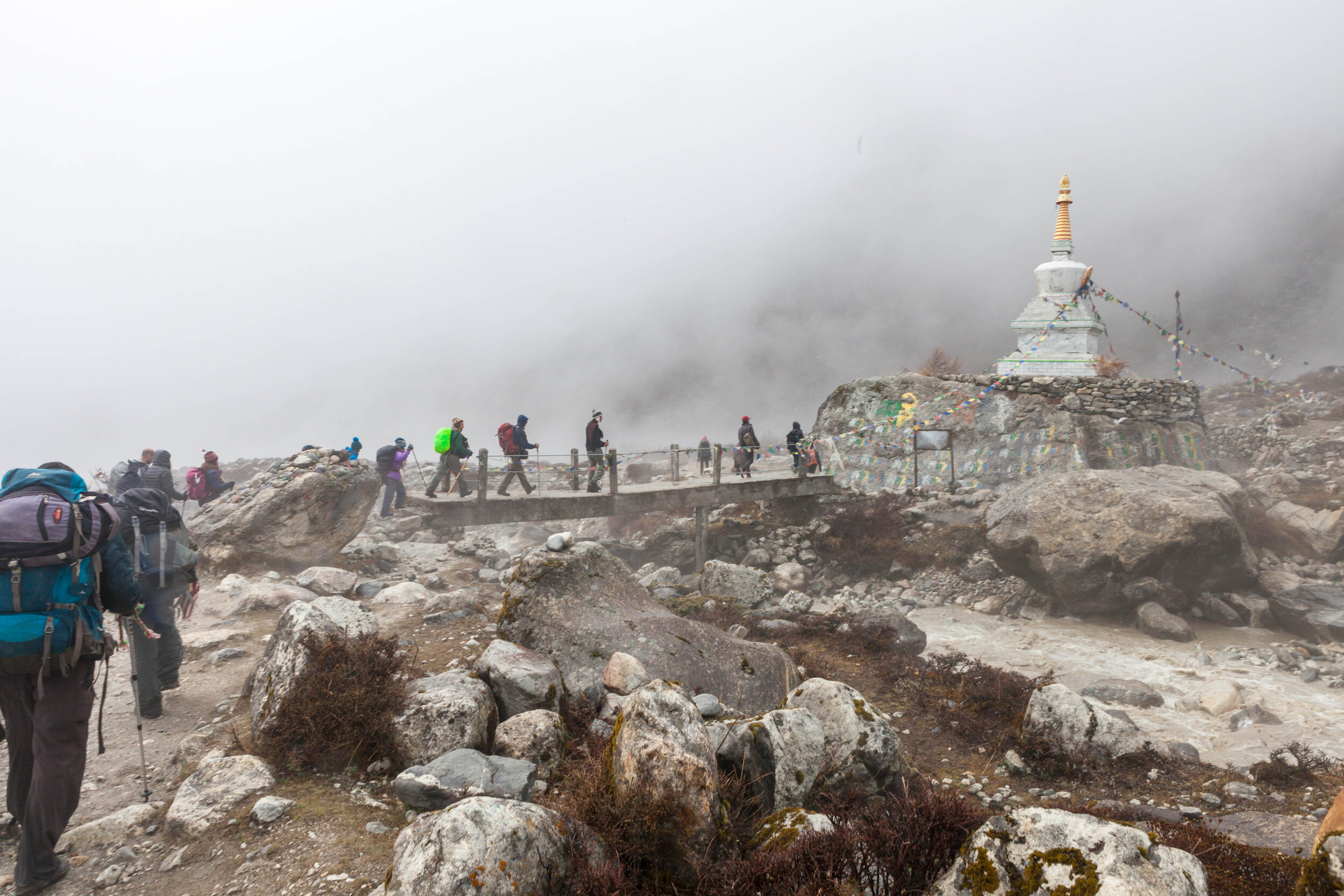



Dirty snow covered the ground where previously there had been none. Shaken from the mountainsides by the disasters, it blanketed everything with grey. Following the freshly beaten paths of experienced guides we moved down the valley as quickly as we could, dogged by aftershocks and fearing at any moment that they might dislodge more debris from the slopes above.
Crossing the ashen, towering peaks of a fresh avalanche chute, our group diverted past prayer stones on the ridgeline just kilometres from Langtang village. A single story concrete building intended as the new village hospital stood upon the ridge solitary and roofless, surrounded by survivors. The locals wailed. The tourists were shattered, blank, and confused.
Down the valley the landslides were kilometres wide, and metres deep. The earthquake had dislodged a glacier from high up above the village. Its fall created a shockwave which hit the ground with the force equivalent to half the Hiroshima bomb. The collapse had blackened the sky, flattened trees, and plucked the feathers from birds. Paths, fields, homes, hotels, people; all were gone, buried without a trace.
The village of Langtang was wiped out.


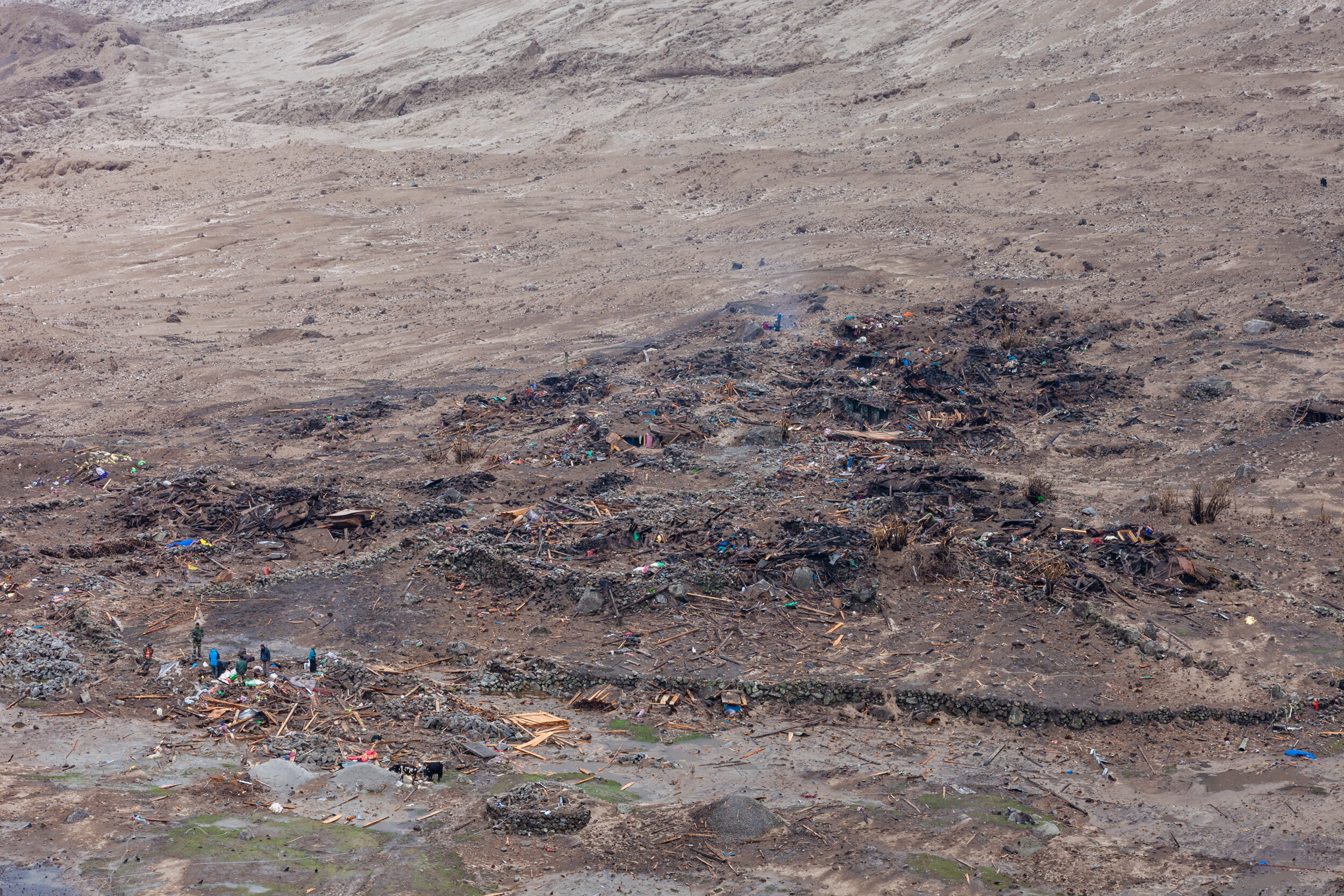














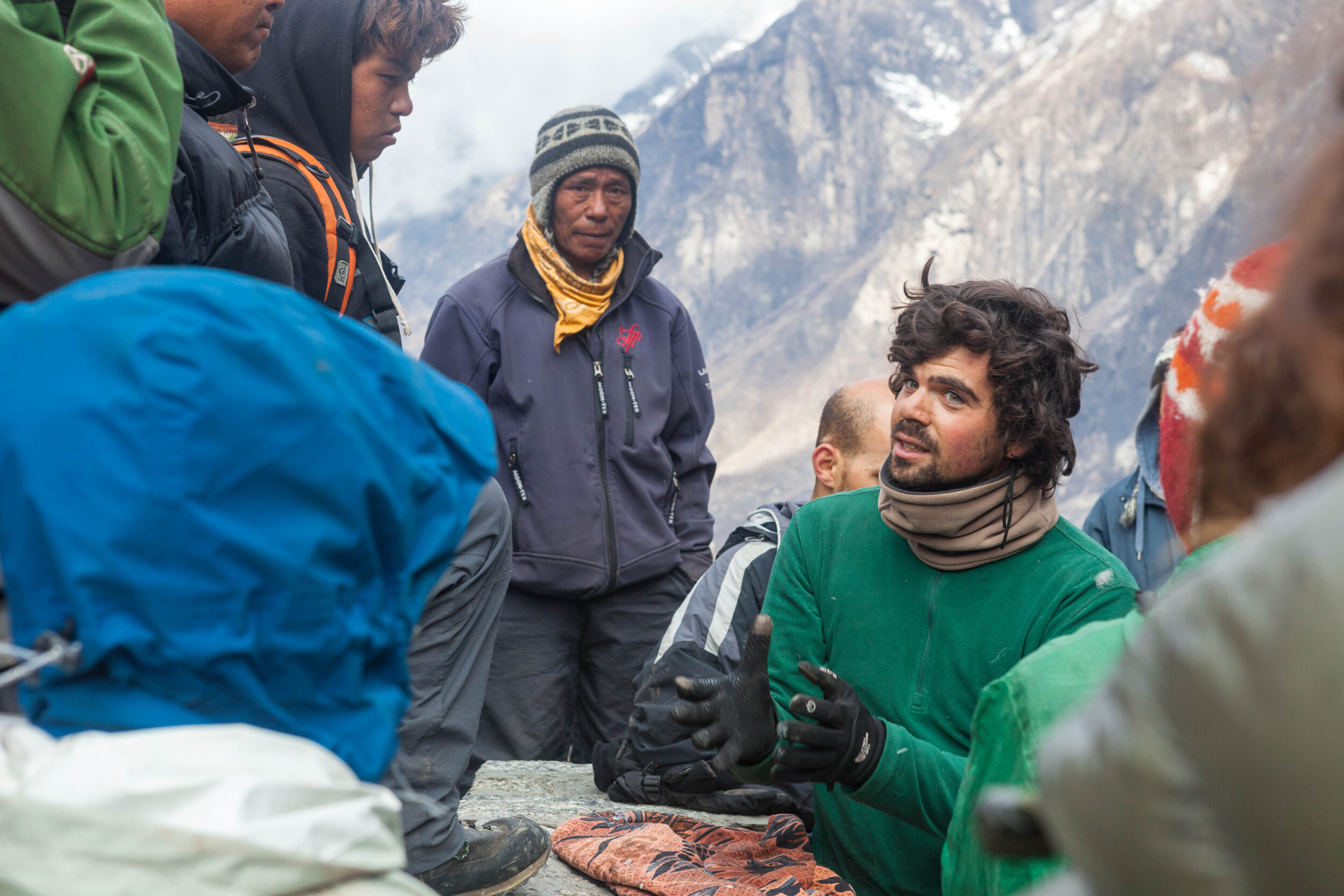





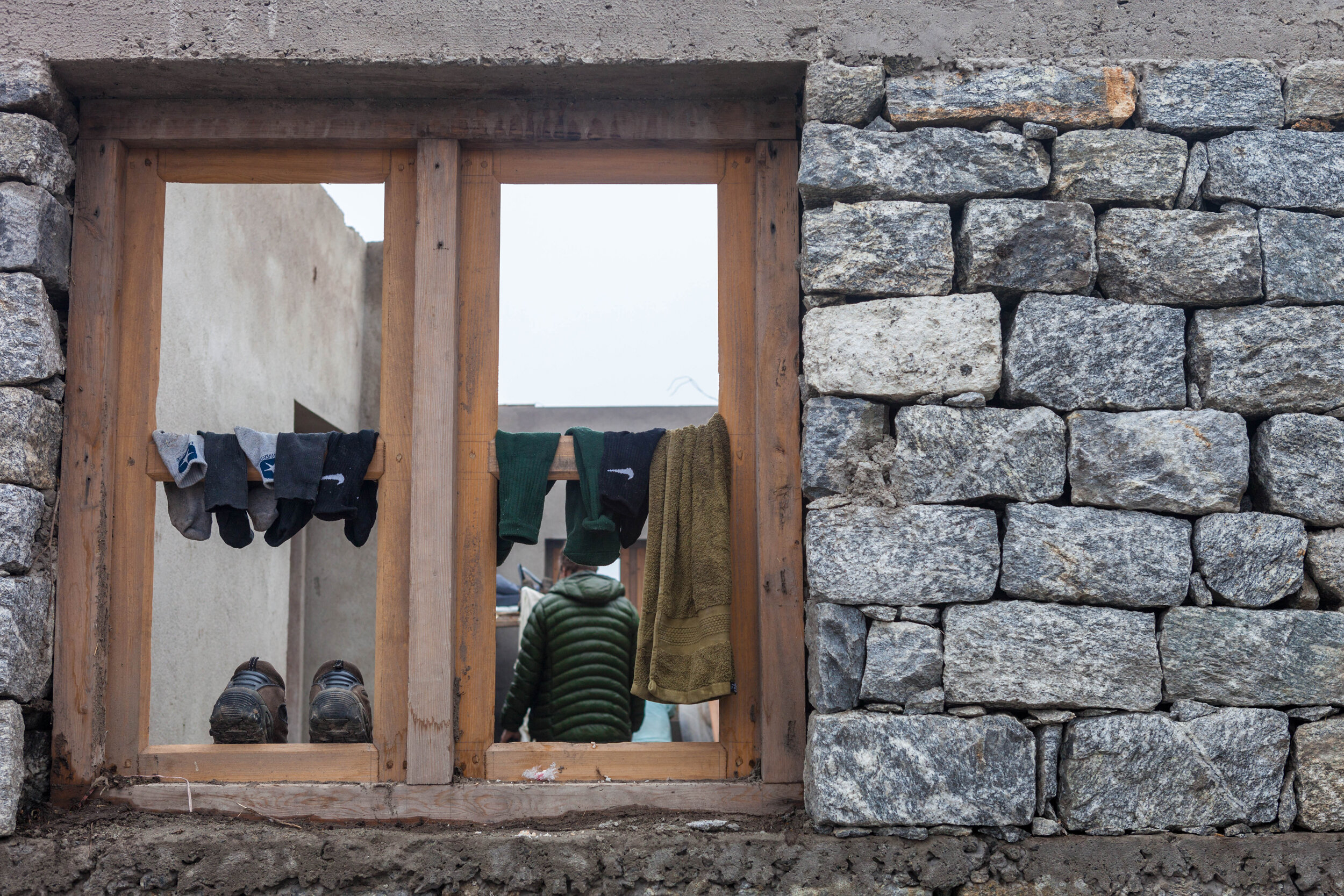

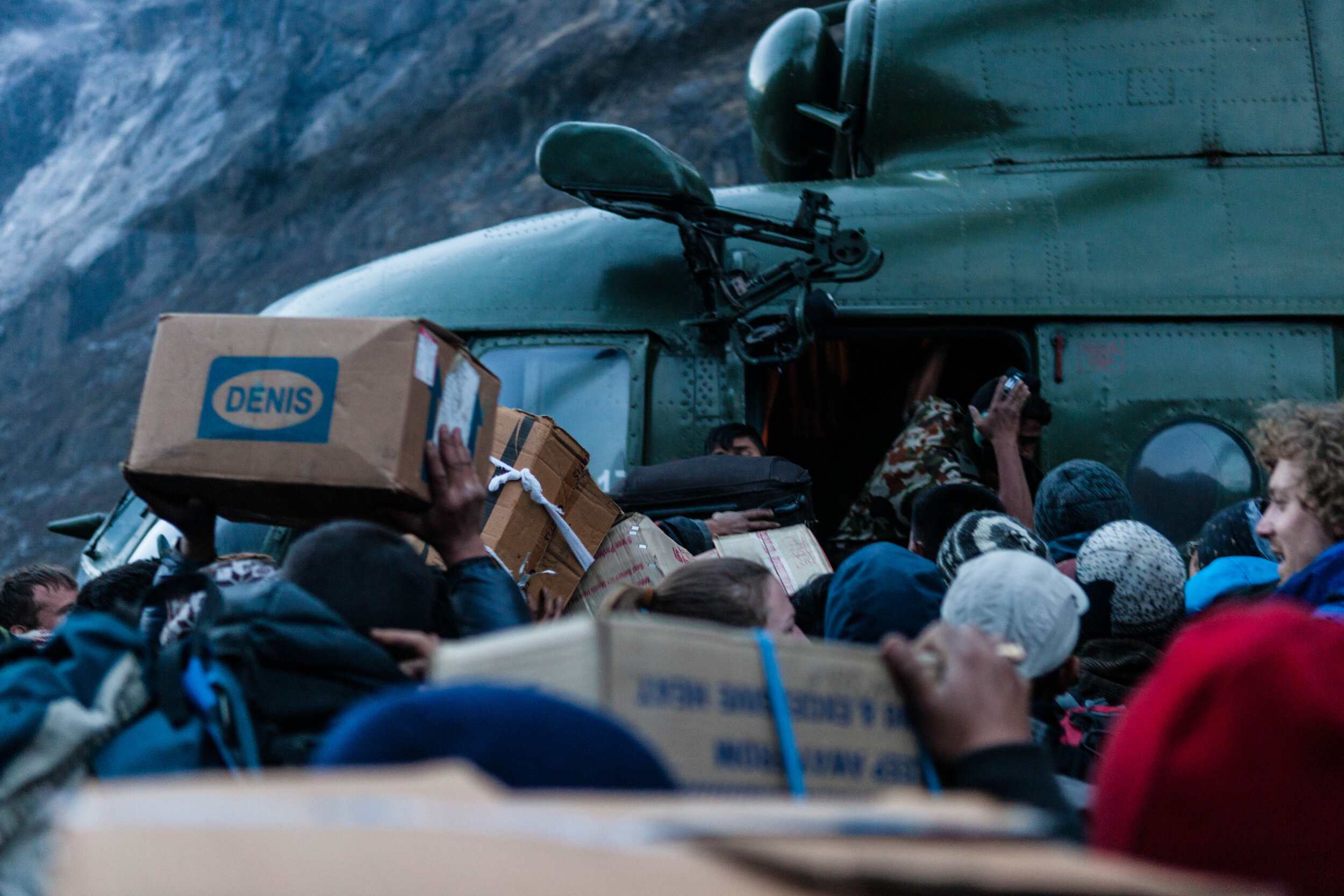



Over the next four chilly nights and almost equally cold days, the population of Langtang New Hospital fluctuated around the 100 mark as local wounded poured in almost as quickly as the lone helicopter pilot for the valley could take them out. On the second day, an army helicopter arrived, and hopes soared. They brought limited medical supplies, but no food, water, or shelter. And when the MI-8 chopper reappeared the following evening, it brought just 30 packets of dry noodles, 25 of biscuits, and 80 litres of water. It left with no one but the military on board.
As the only source of nearby water slowed to a mere drip- and cold and hunger showed no sign of relenting- tensions rose. Still, the small chopper brought no supplies on its sporadic rescue visits to the site. Every day the survivors watched the skies, willing the weather to be clear, wondering when relief or rescue would come.
On day four an Israeli man, privately contracted for emergency response, landed among us. From him we learned for the first time the full scale of the earthquake disaster in Nepal. As he fortified our shelters against the evening rain, we allowed ourselves to hope for rescue.




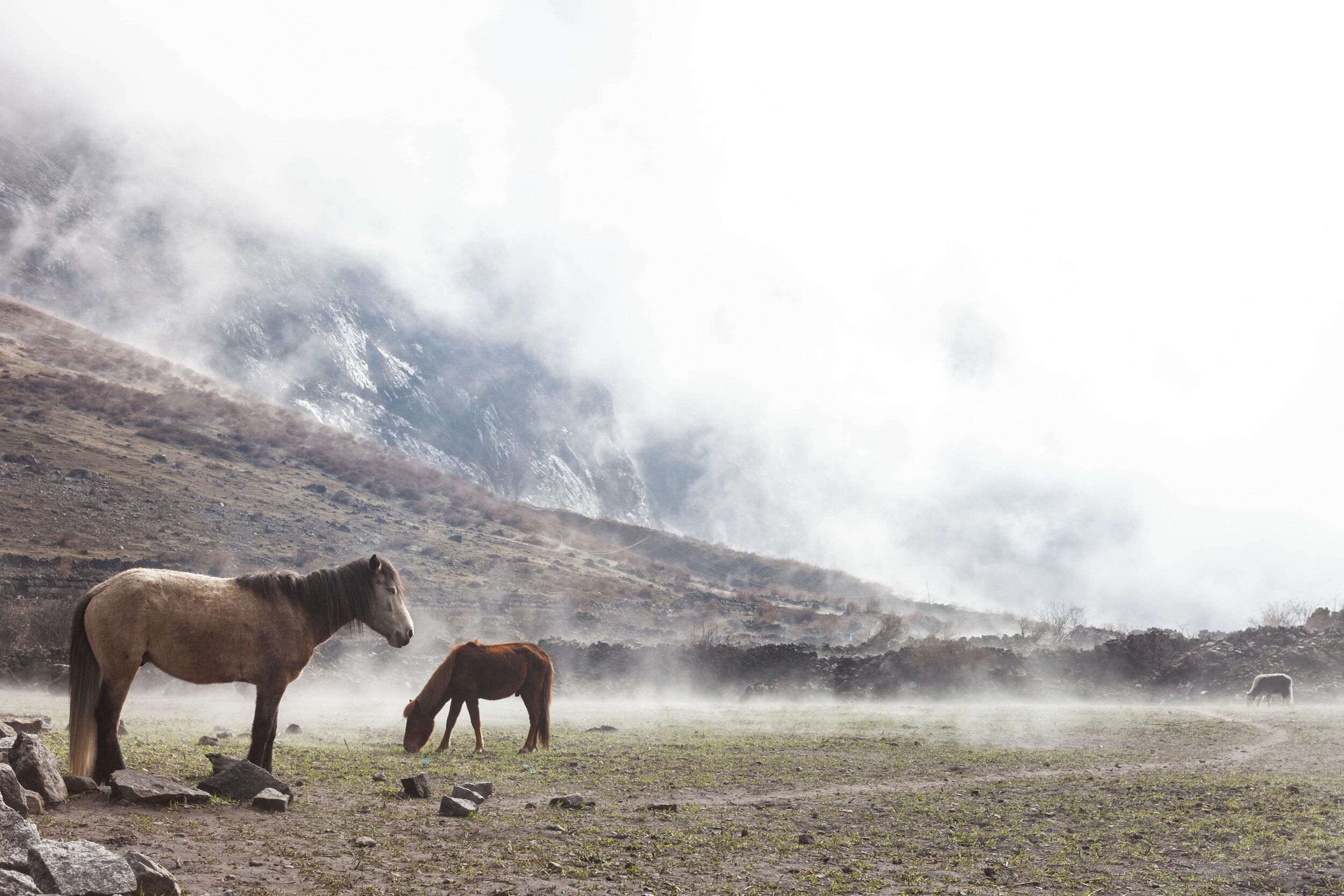



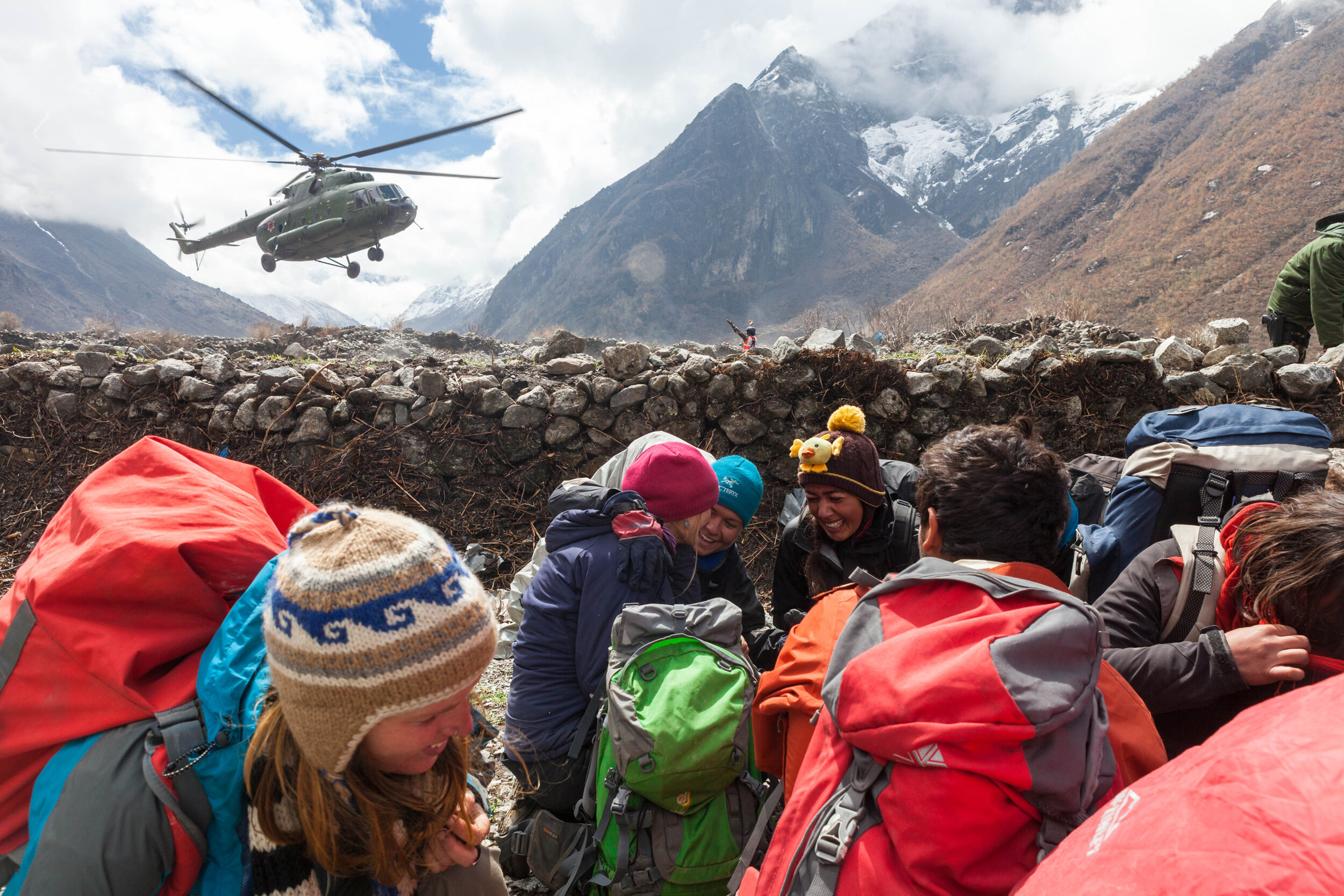

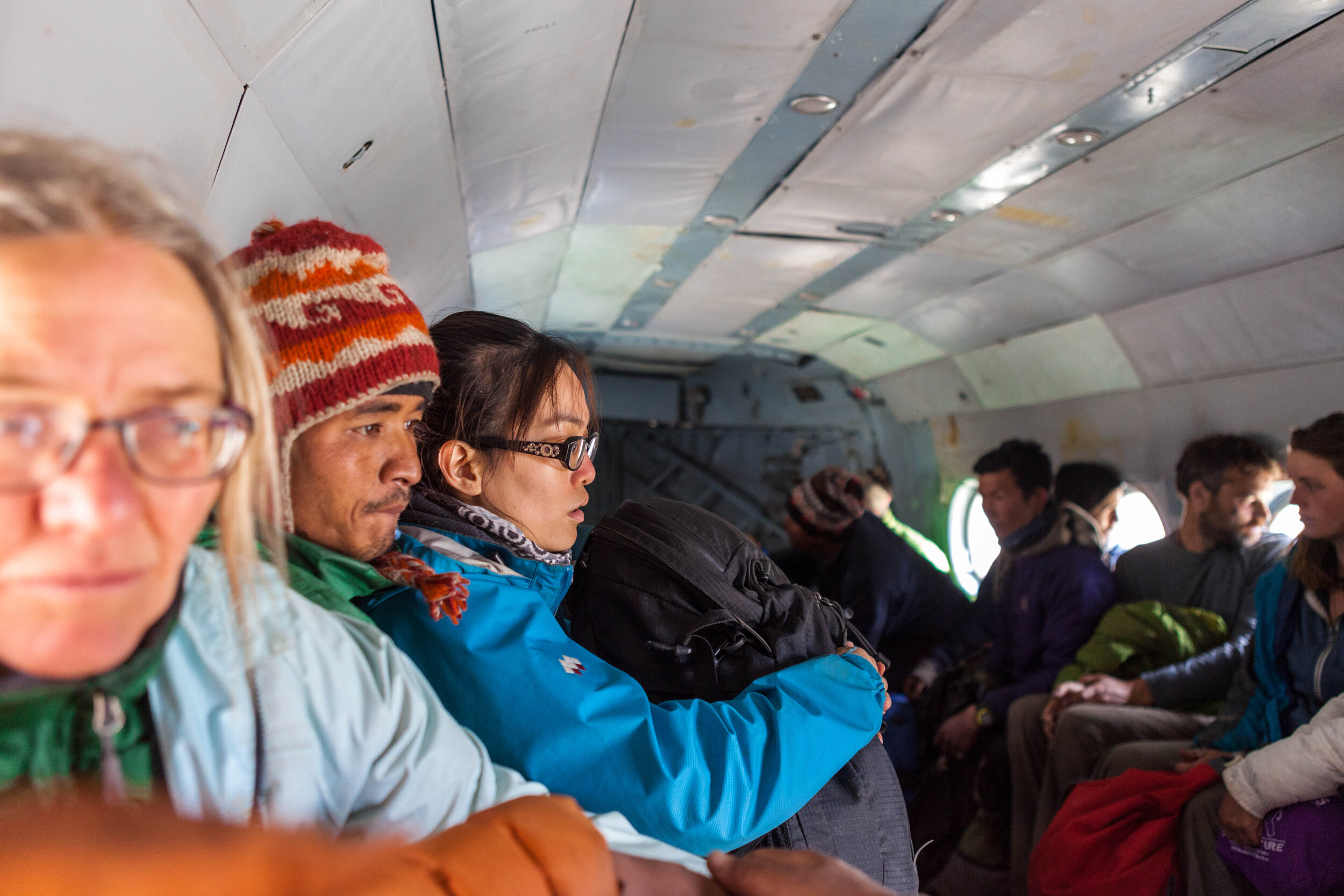












When the Nepalese army arrived and evacuated our camp the next morning, it was with shell-shocking speed and professionalism after anxious days of waiting . By 11am our camp of almost 80 were out of the valley, airlifted into the town of Dunche.
Over 100 bodies have been recovered from the upper Langtang Valley. Estimates are that a further 200 souls remain unaccounted for in the region.

